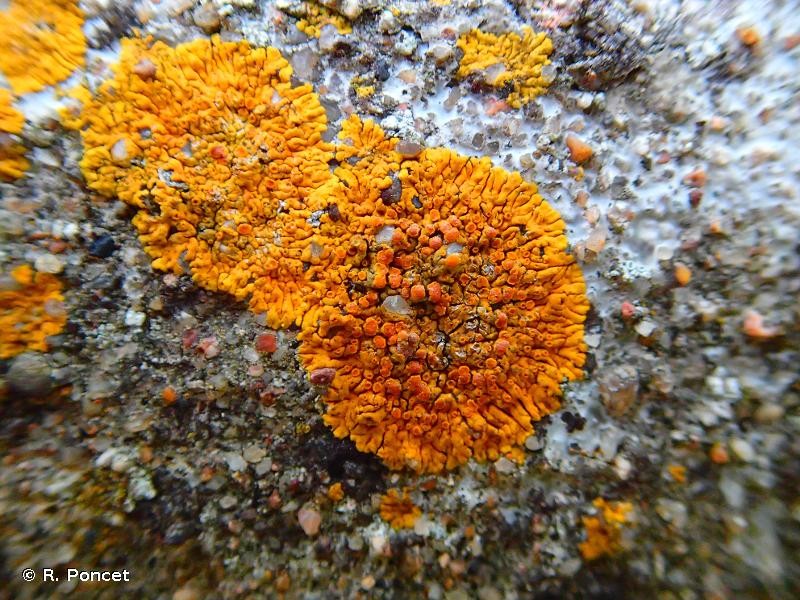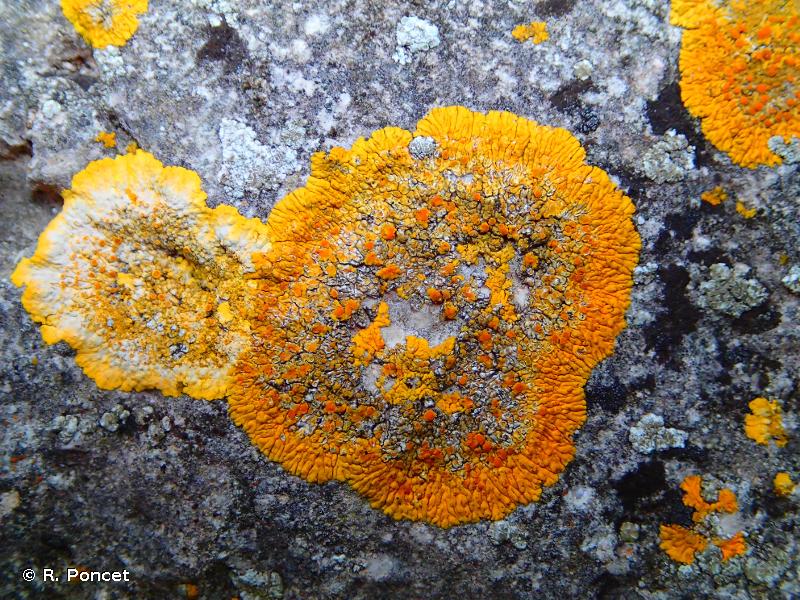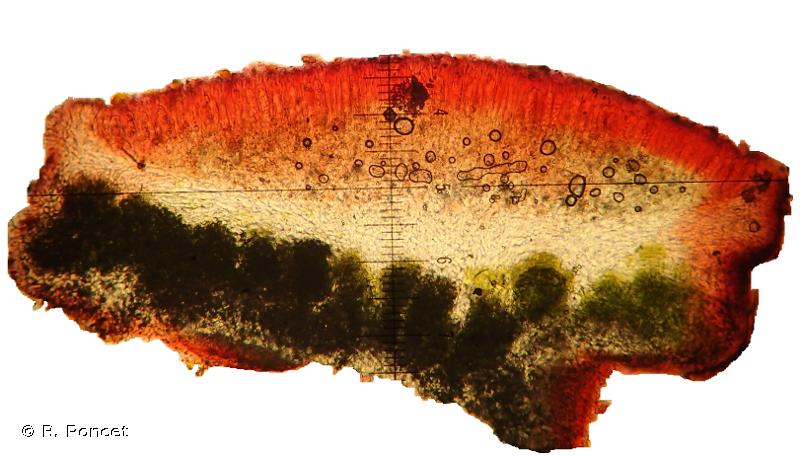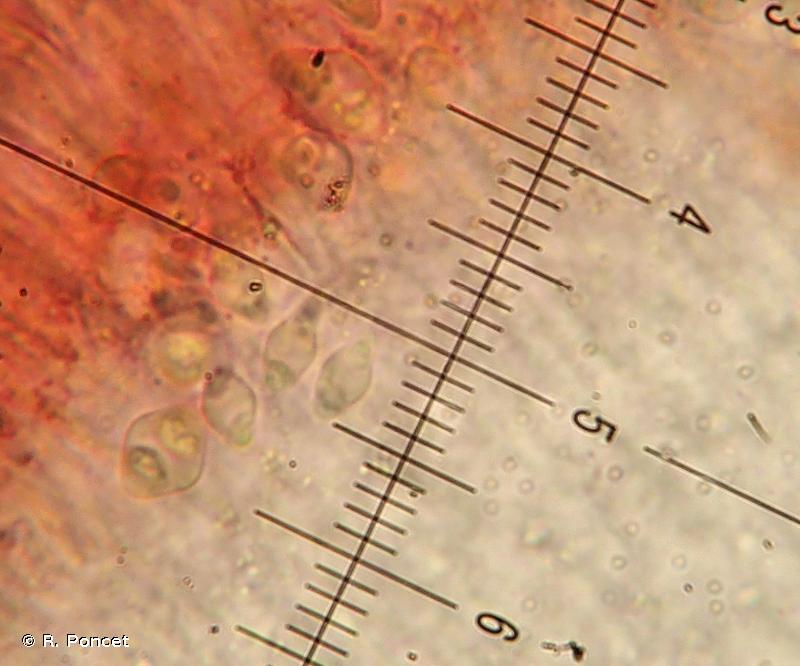
cd_nom

| Auteur : R. Poncet |
 |
Pour se procurer la photo originale ou demander une autorisation d'utilisation, consulter :
Rémy Poncet
email : inpn@mnhn.fr
Malgré la licence Creative Commons, n'hésitez pas à informer l'auteur de l'utilisation qui sera faite de sa photo

| Auteur : R. Poncet |
 |
Pour se procurer la photo originale ou demander une autorisation d'utilisation, consulter :
Rémy Poncet
email : inpn@mnhn.fr
Malgré la licence Creative Commons, n'hésitez pas à informer l'auteur de l'utilisation qui sera faite de sa photo

| Auteur : R. Poncet |
 |
Pour se procurer la photo originale ou demander une autorisation d'utilisation, consulter :
Rémy Poncet
email : inpn@mnhn.fr
Malgré la licence Creative Commons, n'hésitez pas à informer l'auteur de l'utilisation qui sera faite de sa photo

| Auteur : R. Poncet |
 |
Pour se procurer la photo originale ou demander une autorisation d'utilisation, consulter :
Rémy Poncet
Malgré la licence Creative Commons, n'hésitez pas à informer l'auteur de l'utilisation qui sera faite de sa photo

| Auteur : R. Poncet |
 |
Pour se procurer la photo originale ou demander une autorisation d'utilisation, consulter :
Rémy Poncet
Malgré la licence Creative Commons, n'hésitez pas à informer l'auteur de l'utilisation qui sera faite de sa photo
Taille/poids :
Variable, pouvant aller jusqu'à plus de 10 cm de diamètre.
Diagnose :
Thalle crustacé placodioïde formant de larges patchs circulaires très appliqués au substrat (difficiles à détacher), de couleur orange claire à foncée. Lobes longs et étroits (largeur comprise entre 0,5 et 1,2 mm) dont l'extrémité ne s'élargit pas de plus de 1 mm. Pourtour du thalle formé de lobes contigus serrés se recouvrant à peine les-uns-les-autres. Centre du thalle pouvant être aréolé ou manquant, laissant un vide qui donne une forme en arc de cercle fermé au thalle. Couche corticale manquante à la face inférieure.Espèces proches :
Se distingue de Caloplaca aurantia (Pers.) Steiner par ses lobes non plats et la présence d'une couche de cristaux sous la couche corticale (visible en lumière polarisée).
Se distingue de Caloplaca saxicola (Hoffm.) Nordin par la dimension supérieure de son thalle (inférieure à 3 cm de diamètre pour C. saxicola), des lobes plus allongés et des spores non ellipsoïdaux mais en forme de citron.
Se distingue de Caloplaca thallincola (Huds.) Laundon par des lobes en moyenne plus courts (2-5 mm pour Caloplaca flavescens (Huds.) J.R.Laundon contre 3-7 mm pour C. thallincola), la présence de pruine (variable) et son écologie (calcaricole pour C. flavescens et silicicole, côtier pour C. thallincola).
R. Poncet(UMS 2006 Patrimoine Naturel (AFB / CNRS / MNHN)),2015
continental
Métropole
Outre-mer
marin
Métropole
Outre-mer
La carte présente une synthèse à la maille 10 x 10 km des données d’observation de l’espèce transmises au SINP. Ces données ont été soumises à des filtres de validation.
La carte présente une couche de répartition de référence de l’espèce à l’échelle des départements et des secteurs marins. Les données de présence et d’absence ont été établies par expertise au sein d’un réseau de partenaires. Cette répartition de référence est utilisée dans le processus de validation des données du SINP au niveau de l’INPN.
Correspond à un signalement sur la base d'au moins une observation avérée dans une période de 10 ans (20 ans pour les invertébrés peu connus) précédant l'année de référence et aucune présomption de disparition depuis l'obtention de la dernière donnée ni doute sur le caractère reproducteur et implanté de cette population. Pour les espèces migratrices, la pr&easence indiqu&eae concerne les zones de reproduction.
Ce statut se base sur un ou plusieurs des critères suivants :
Ce point recouvre l'absence, par nature plus difficile à démontrer que la présence. Ce statut se base sur un ou plusieurs des critères suivants :
Ce statut doit également être attribué à un département dans lequel la présence de l'espèce est occasionnelle.
Cas particulier d'absence liée à une disparition avérée depuis moins d'un demi-siècle (les disparitions anciennes sont traitées comme « absence probable ou certaine »).
Dans l'état des connaissances, on ne peut pas se prononcer sur la présence ou l'absence actuelle dans le département. Il s'agit du statut utilisé par défaut quand on ne se situe pas dans une des catégories précédente ou dès lors qu'il y a un doute.
La carte présente la répartition mondiale de l’espèce à partir des données du GBIF (Global Biodiversity Information Facility - Système mondial d'information sur la biodiversité).
